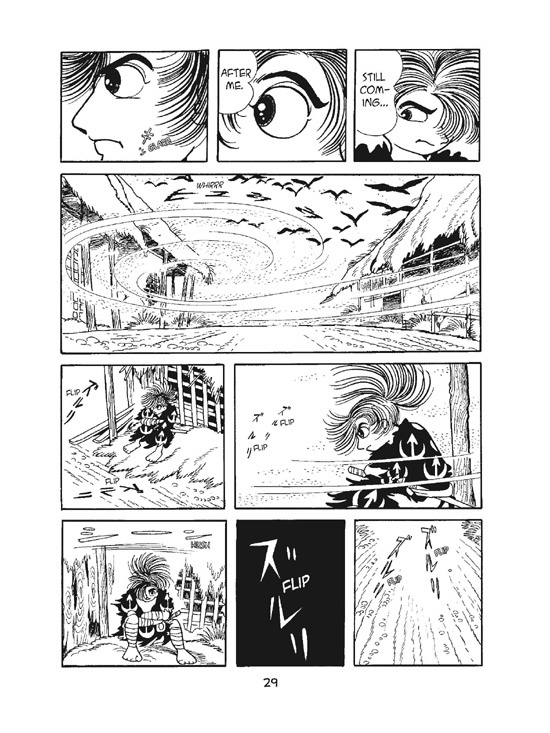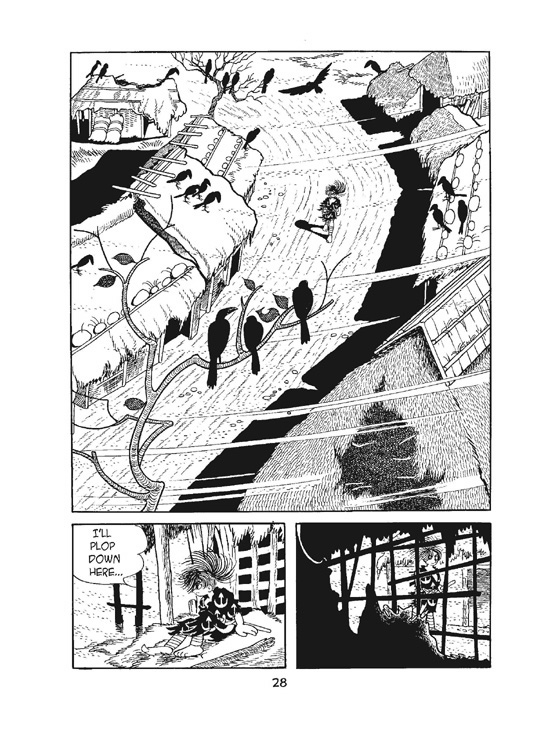The Manga Recon team pick the best manga of the first half of 2008 at PopCultureShock. This is a good first stop if you’re looking for something new to read.
David Welsh looks at this week’s new comics, including some notable manga.
At the MangaCast, Ed Chavez posts audio of Viz media at Anime Expo and hints that big things are in store at SDCC.
And speaking of SDCC, John Thomas highlights some manga swag at Mecha Mecha Media and Jason Thompson lists his panels. David Welsh and Deb Aoki preview the attractions for manga fans.
At the Boys Next Door blog, The Babes ask whether their readers read reviews of BL books by reviewers who don’t specialize in BL. They get some interesting comments in reponse. At Tiamat’s Manga Reviews, Tiamat’s Disciple got some interesting comments on his earlier post on that topic and follows up with a discussion of rape in manga.
Over at Same Hat! Same Hat!, Ryan muses on the direction the site is taking and launches a new, interactive feature: The Same Hat Guide To Everything. Not too ambitious, is it?
Matt Blind takes a stab at ranking new releases and pre-orders at Rocket Bomber.
Yamila Abraham finds that Google is helping folks find Yaoi Press books.
Erica Friedman presents a profile of the typical Okazu reader and invites questions from readers at Okazu.
Congratulations to the folks at Sleep Is For the Weak on six years of blogging about manga and anime. The SIFTW team are some of the best writers on anime and manga out there, so go, read. Also, belated congrats to MangaCast, which has racked up 400 podcasts and over 2500 posts in three short years. Who knew there would be so much to say about manga?
Not manga but worth a peek: We’re giving away two limited-edition copies (with posters!) of the Steve Niles book The Lost Ones at Digital Strips. It’s a random drawing but to enter you have to suggest a webcomic. I would like to bring more web manga into the mix there, so drop in and suggest something if you like. Note that unlike at MangaBlog, I will write about scanlations at DS.
News from Japan: Sensual Phrase creator Mayu Shinjo will draw a one-shot manga for Jump Square, her first foray into a shonen magazine, ANN reports.
Reviews: The Sleep Is For the Weak team launch their anniversary celebration with reviews of Cowa! by NotHayama and The Gorgeous Life of Strawberry-chan by Lianne Sentar. Ferdinand reviews the new Robert Johnson manga, vol. 1 of Me and the Devil Blues, at Prospero’s Manga. Carlo Santos posts another Right Turn Only!! column at ANN, chock-full of excellent manga commentary on Gantz, Shirley, Vassalord, and more. Carlo also reviews vol. 3 of Fairy Tail, and Casey Brienza has qualified praise for vol. 23 of Berserk. Erica Friedman still can’t find the yuri in vol. 2 of Stray Little Devil. Dave Ferraro finds that vol. 1 of My Dead Girlfriend grew on him, at Comics-and-More. At Completely Futile, Adam Stephanides describes ero-guro manga-ka Shintaro Kago’s latest book, Ana, Moji, Ketsueki Nado Ga Arawareru Manga [Manga in Which Holes, Characters, Blood and so on Appear]. Ed Chavez has an audio review of Good-Bye up at the MangaCast. New at Manga Village: Dan Polley on vol. 1 of Kasumi, John Thomas on vol. 1 of Me and the Devil Blues, Charles Tan on vol. 5 of Puri Puri, and Lori Henderson on vol. 10 of Nana. Kiara reviews vol. 1 of Love Attack at Manga Jouhou. David Rasmussen reviews vol. 1 of Kingdom Hearts II and vol. 1 of Tokyo Boys and Girls and Ysabet Reinhardt MacFarlane checks out vol. 10 of Kaze Hikaru and vols. 1-3 of Demon Prince: Children of Gaia at Manga Life. Connie reviews an unusual find, Hotel Harbour View, as well as vol. 1 of Hotel Africa and vol. 4 of MPD-Psycho, at Slightly Biased Manga. Tiamat’s Disciple reviews vol. 1 of Angel/Dust, vol. 1 of Angel/Dust: Neo, and vol. 1 of Shirley at Tiamat’s Manga Reviews. Lissa Pattillo checks out vol. 2 of Voice or Noise and vol. 2 of Aoi House in Love at Kuriousity. Julie joins the long line of folks checking out vol. 1 of Gantz and also reviews vol. 2 of Seduction More Beautiful Than Love at the Manga Maniac Cafe. Crazy For You is Emily’s choice this week at Emily’s Random Shoujo Manga Page. Matthew Brady reads the August Shojo Beat at Warren Peace Sings the Blues.



